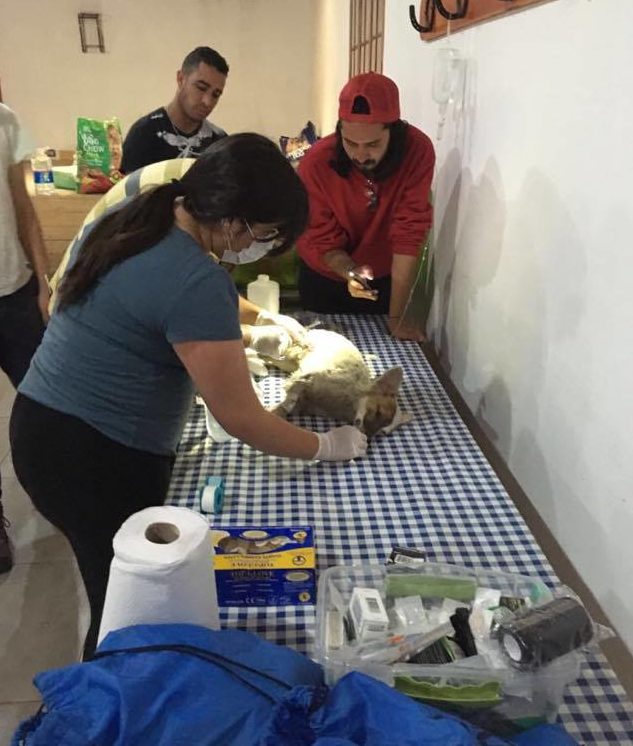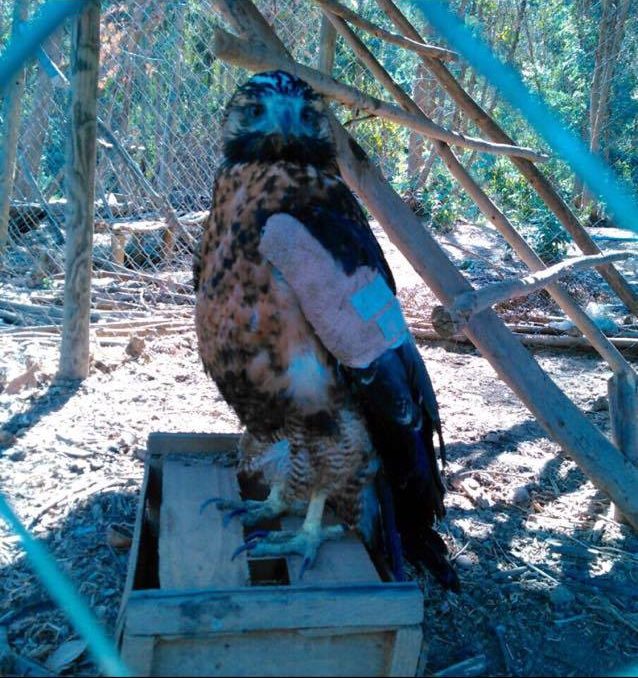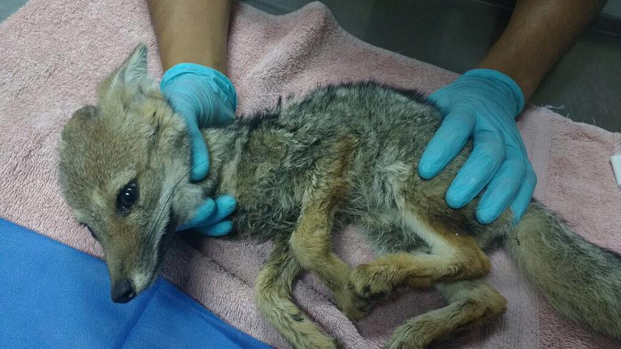Since early January Chile has been facing the worst forest fires it has ever seen in modern history, with ~2300 sq miles of land destroyed, thousands of people evacuated and 11 human deaths. The Chilean government has declared state of emergency in several areas, which have been receiving support from official emergency agencies, international help, and volunteers.
This is a catastrophe: it can be described as a chain of wildfires, which have overwhelmed national services. Communities have lost their houses (more that 7,000 are homeless), their livelihoods destroyed (vineyards, tree plantations, etc), and many domestic animals have died or been injured.
A silent victim of these fires are wild animals. Chile does not have the richness of other Latin American countries such as Brazil or Colombia; but the affected area has a unique level of endemism. In fact, the most affected species are the ones with limited displacements, especially amphibians and reptiles which are also the two groups with higher endemism in the country. The Lolol Lizard (Liolaemus confusus), was just recently described as a species and with a species home range of only aprox 5 km2. The entirety of its known distribution has been destroyed by the fires; the species may be facing a real threat of extinction. Luckily, the National Service of Agriculture and Livestock (SAG) together with the National Zoo captured 20 individuals from the fires.



Most wild animals caught in the fire have likely died; amphibians, reptiles, and invertebrates may not be able to escape. But other species can escape. Survivors have been found by the authorities, NGOs and the community. Huge efforts have been initiated to capture these survivors and treat them accordingly. Most of these survivors are represented by mesocarnivores such as foxes (Lycalopex sp.), lesser grisson (Galictis cuja), and small felids. Most of these individuals have been taken to rehabilitation centers such as UFAS and the National Zoo, and have been treated in emergency facilities implemented with the cooperations of the national association of veterinarians (COLMEVET), National Zoo, national association of wildlife veterinarians (AMEVEFAS), NGOs, among others.
All fires are not yet extinguished. At the moment, more than 50 fires are active (original number was over 90 by some accounts); people and animals are still threatened by the flames. Who is to blame? Probably, it is a multifactorial chain that involves humans (both intentional arson and negligent behaviors), the extensive plantations of exotic and pyrogenetic species for wood and forestry, inadequate territorial planning, climate change, and poor/belated response of authorities.
How can you help?
There are many campaigns to receive help and support from national and international individuals. If you want to directly help animals, contact COLMEVET (National Association of Veterinarians), which is the official institution organizing the help for all animals in need. You can donate urgently needed funds via COLMEVET’s international GoFundMe campaign. To donate directly to wild animals, make explicit note of this in the comment field during the donation process.
Update 2/5/17: State of emergency has ended with 8 of the remaining fires being actively combated and the remaining fires extinguished or under control



Leave a Reply
You must be logged in to post a comment.